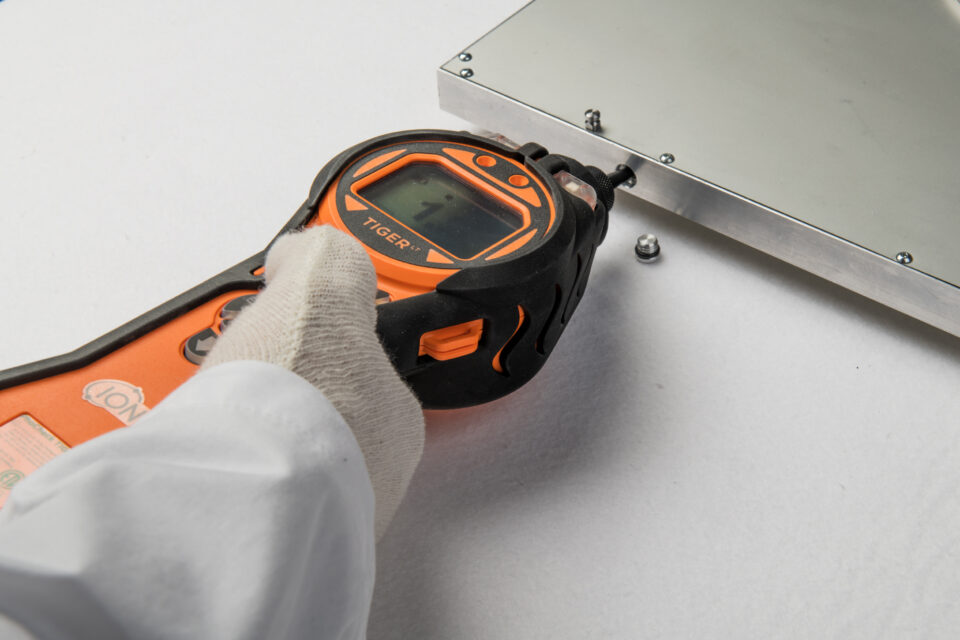History
Looking back at where we’ve come from, we’re reminded of how much we’ve achieved. But we know, too, that the story has only just begun.
1952: Beginnings

We began life as a small glass-making workshop in Milan. It was founded by Nino Goppion, an engineer. Things were going well, and one of his clients, Ferrero, had commissioned thousands of display cases for bars and shops. Single display cases soon became entire retail installations, and business was booming.
1956: A turning point

The Museo degli Strumenti Musicali in Milan commissioned Nino to create display cases for an installation designed by architects Cossovich and Monzeglio. He didn't know it at the time, but this was the first step towards what would one day become Goppion's true and very particular forte. It was the beginning of a new direction.
1970: Pushing boundaries

With the economic boom coming to an end, and with Alessandro — or Sandro, as we call him — now helping his father Nino manage the company, a move toward museum work was a timely change in focus. He had studied the history of ideas and political thought, and his wide-ranging interests in art and culture made him a natural champion for this developing line of work. As he puts it, “my intellectual pursuits and manual skills, two parallel interests that have always been a part of me, truly came together in the world of exhibition design.”
1980: Science meets art

With Sandro on board, the company continued to grow. He became increasingly interested in the conservation challenges that museums faced and that engineering could solve. He initiated long-term partnerships with Italian research institutions, pushing boundaries and developing Goppion's expertise in preventive conservation.
1987: Another leap forward

As a result of its growing reputation, Goppion was commissioned to create display cases for an exhibition at the Martin-Gropius-Bau exhibition hall in Berlin. These ‘Alva’ display cases were simple, elegant and functional, and they became an overwhelming success. Goppion produced 15,000 of them.
1990: An international benchmark

Now Goppion could really spread its wings. The company began creating increasingly sophisticated display cases engineered to offer the highest levels of conservation, protecting works of art from the tiniest variations in humidity and temperature. It soon set a benchmark in the industry, entering into partnerships with international research institutions and working with some of the world’s finest museums.
1993: Ready for the new century

Two high-profile projects helped propel Goppion further still: the display cases for the Crown Jewels in the Tower of London, and then, six years later, the British Galleries at the Victoria & Albert Museum. Both institutions valued the expertise that Goppion brought to their projects. By the end of the twentieth century, the company’s international reputation was well and truly sealed.
2000: A fresh challenge

Goppion’s challenge was now to refine its manufacturing techniques and to equip itself with modern and efficient systems that could allow it to operate effectively on a world stage, all while retaining its heritage. Happily, our company is still just as firmly rooted in our hometown of Milan, and our Lombardy co-makers are still at the heart of our process.
2020: Looking ahead

We are still very much a family business, with Sandro still at the helm, sharing his passion for museum installations with every one of us and with every one of our clients and partners. We're proud of our history and of our achievements, but it's not the end of the story. We're looking forward to more possibilities, more discoveries, and more chapters still to come.
Today I can proudly define Goppion as a highly skilled and deeply knowledgeable organization where the young and not so young work side by side to create important designs that protect and promote the cultural heritage of nations.